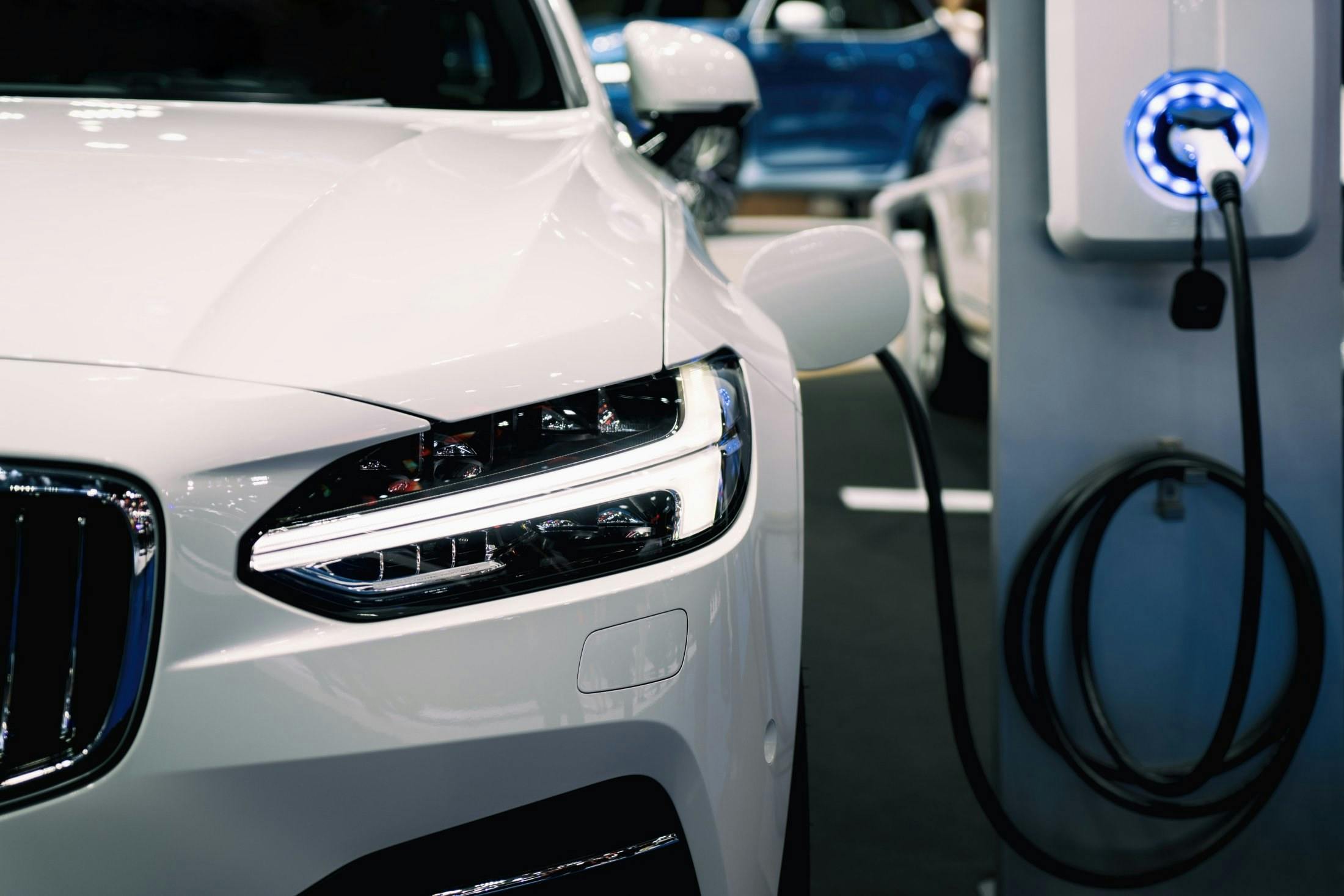A mainstay of structural components in vehicles for decades, aluminium extrusions are playing a vital role in the drive for more efficient electric vehicles with longer ranges.
The electric vehicle (EV) industry is experiencing unprecedented growth, driven by environmental concerns and technological advancements which now make them an attractive choice for many in terms of usability and performance. That performance relies on the exceptional properties of aluminium extrusions.
Aluminium’s inherent lightweight nature is a vital benefit for EVs. Every kilogram shaved off a vehicle’s weight translates to increased range, as the battery doesn’t have to work as hard to propel the car. Extruded aluminium profiles provide the ideal solution, offering the necessary strength without the bulk. They are used extensively in EV chassis and body, as well as the precise structures needed to keep key components secure and safe. The widespread use of aluminium extrusions significantly contributes to a significant overall reduction of the vehicle’s weight.
Beyond the vehicle’s frame, aluminium extrusions play a crucial role in housing the EV’s battery pack. These packs are perhaps the heaviest component of the vehicle and ensuring they remain secure is paramount. Extruded aluminium profiles offer the perfect balance, with the strength to provide a robust and protective enclosure while keeping down the weight as much as possible. Additionally, aluminium is an excellent thermal conductor so the extruded framework acts as a heatsink, keeping the batteries cool and ensuring optimal performance and longevity.
Electric motors, the whirring heart of all EVs also benefit from aluminium extrusions. These extrusions can be used to create intricate heat sinks, essential for managing the motor’s heat output. Efficient heat dissipation is crucial for maintaining motor performance and preventing premature wear.
Just like in their internal combustion predecessors, EVs also have aluminium extrusions employed in various other parts of the vehicle. They can be found in suspension systems, steering columns, and even interior parts like door frames and seat structures. The versatility of the extrusion process allows for the creation of complex shapes that meet the specific requirements of each component. What’s more, the ready availability of aluminium and the practicalities of the extrusion process mean that costs for these components are kept to a minimum, just like the weight.
As the EV market continues to expand, the demand for lightweight, durable, and sustainable materials will only grow. Aluminium extrusions are perfectly positioned to meet these demands. Their combination of strength, weight, and recyclability makes them an essential material in the drive towards a greener and more efficient future of transportation.
